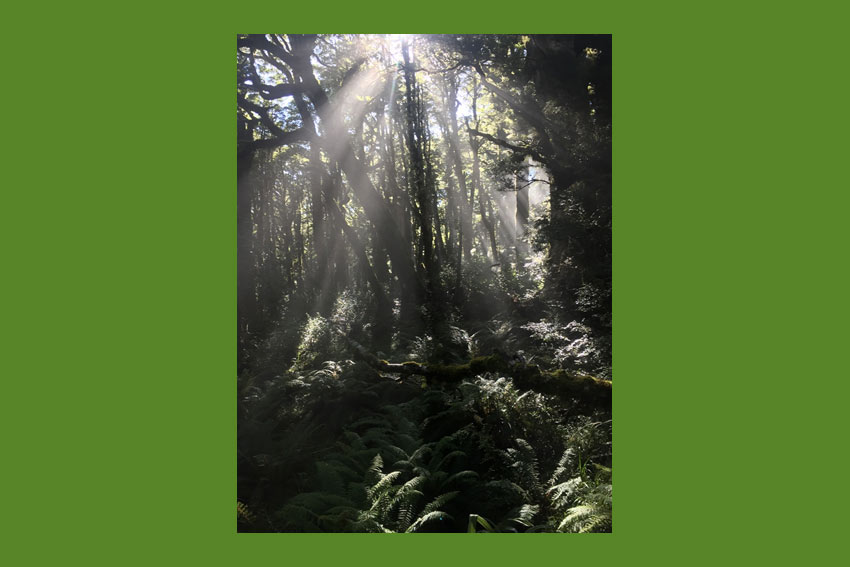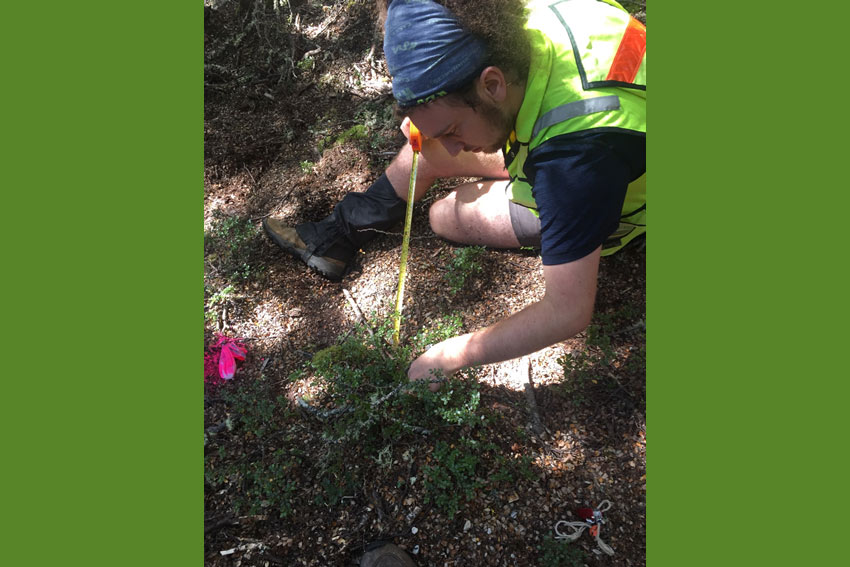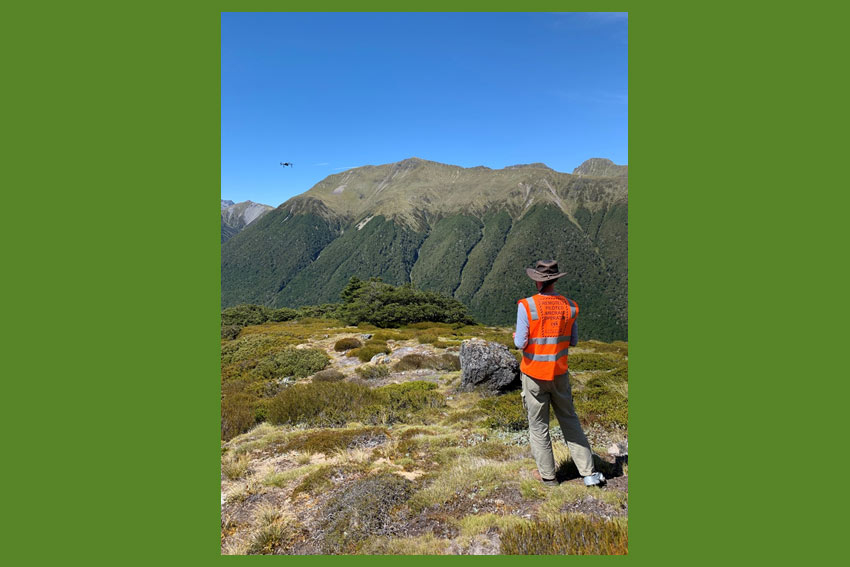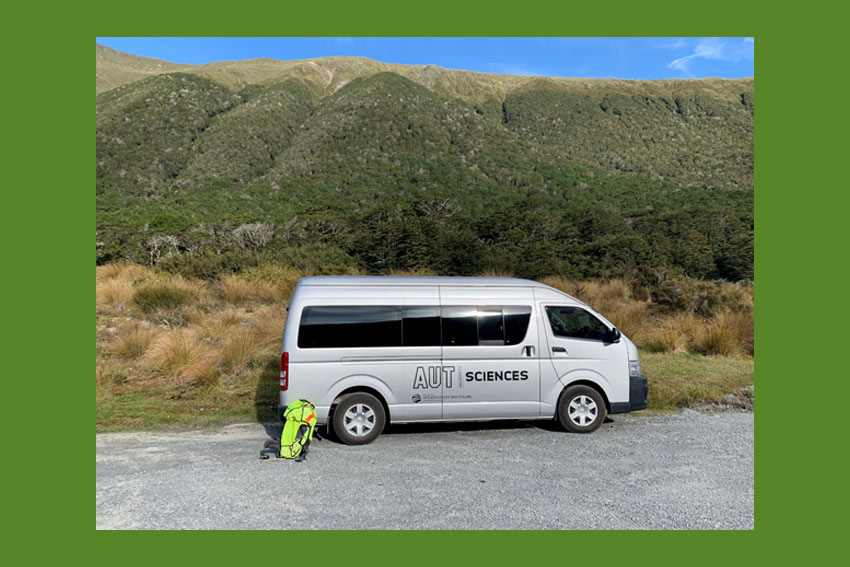Forest ecosystem ecology
New Zealand’s native forest ecosystems make up about 30% of the country’s land area. These ecosystems, distributed across large tracts of the South Island and parts of the North Island, are unique to New Zealand and are therefore of high conservation value.
Introduced pest mammals and climate change related factors, including increasingly frequent droughts, are impacting on the condition and resilience of these forest ecosystems.
Our research team is using field data combined with remote sensing and GIS analysis and process based and statistical modelling to understand the dynamics of these forests across space and time.
Our research is funded by
- Brian Mason Scientific and Technical Trust
- Department of Conservation



